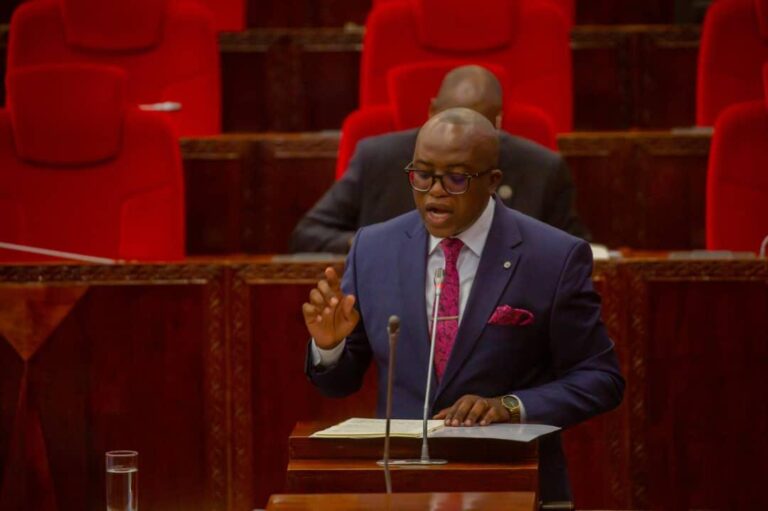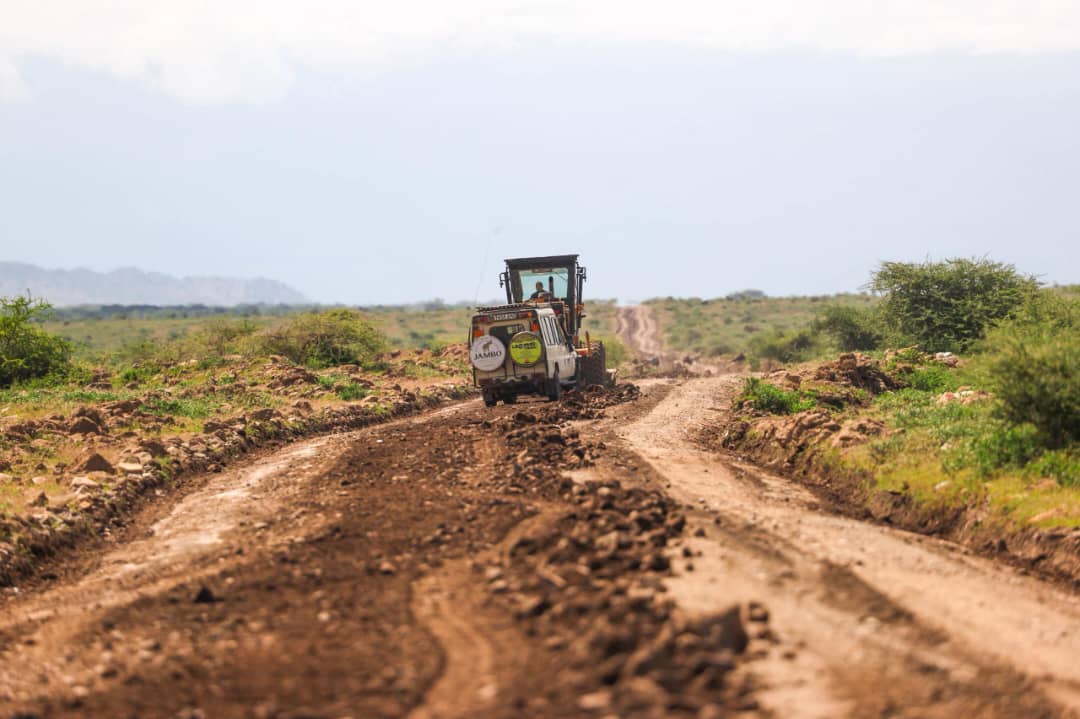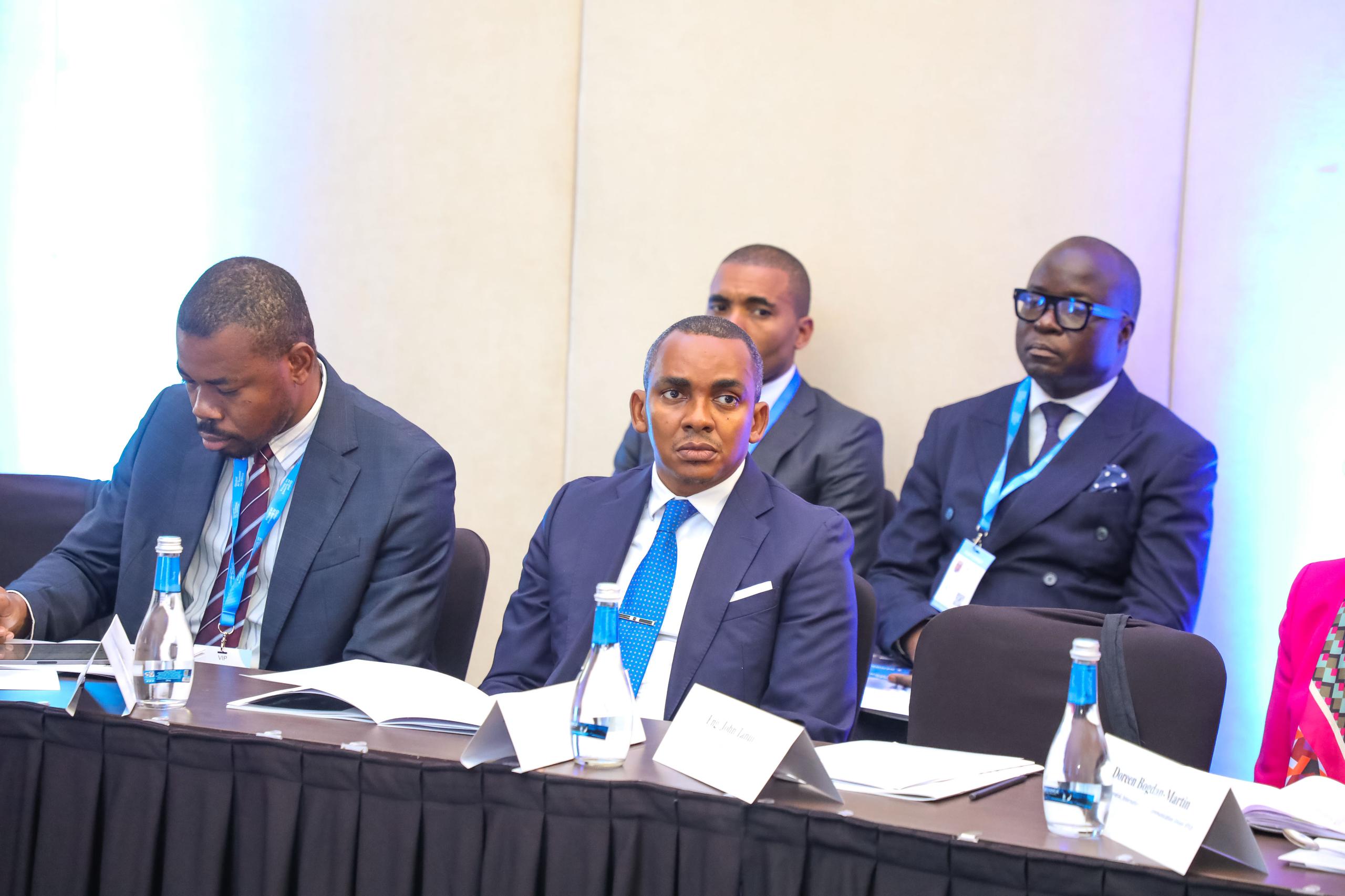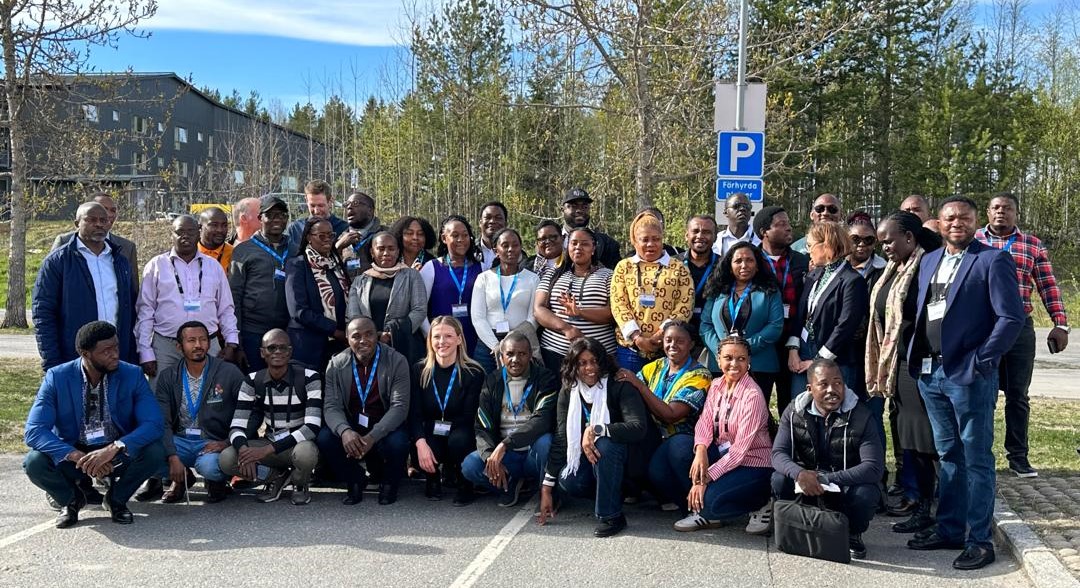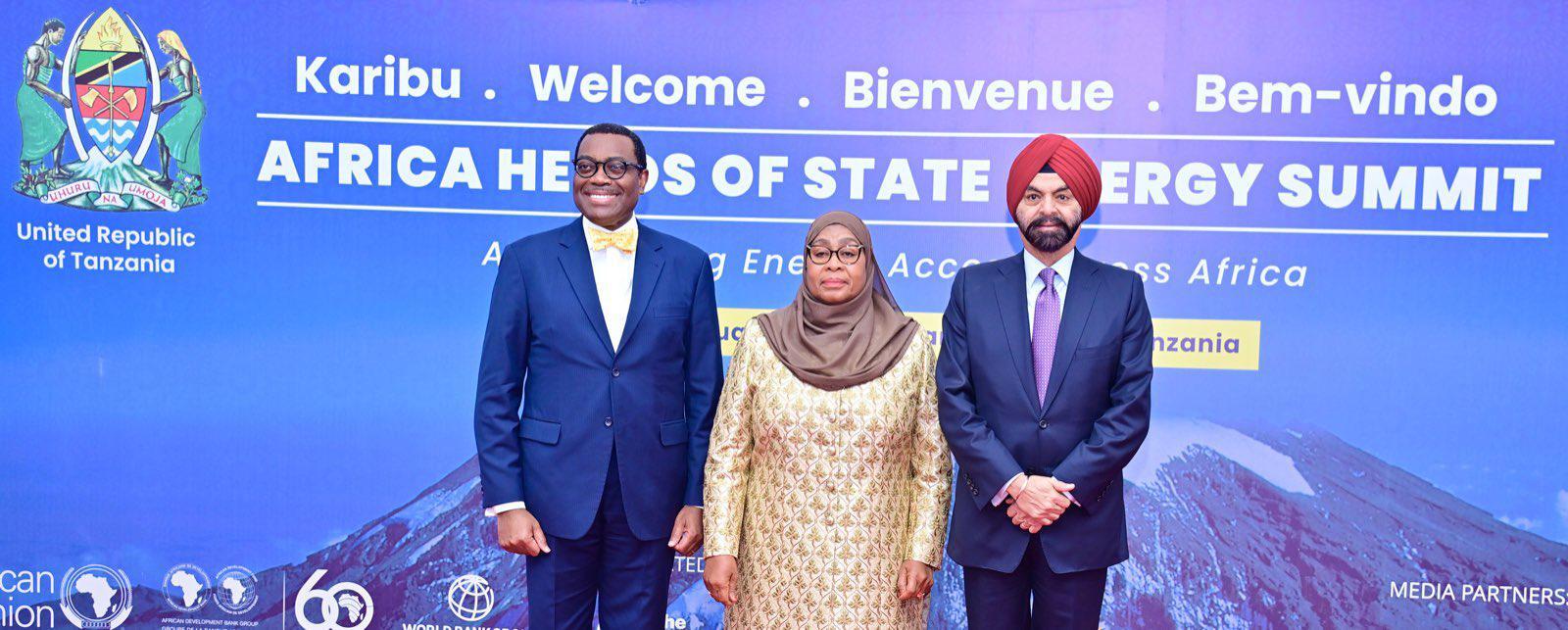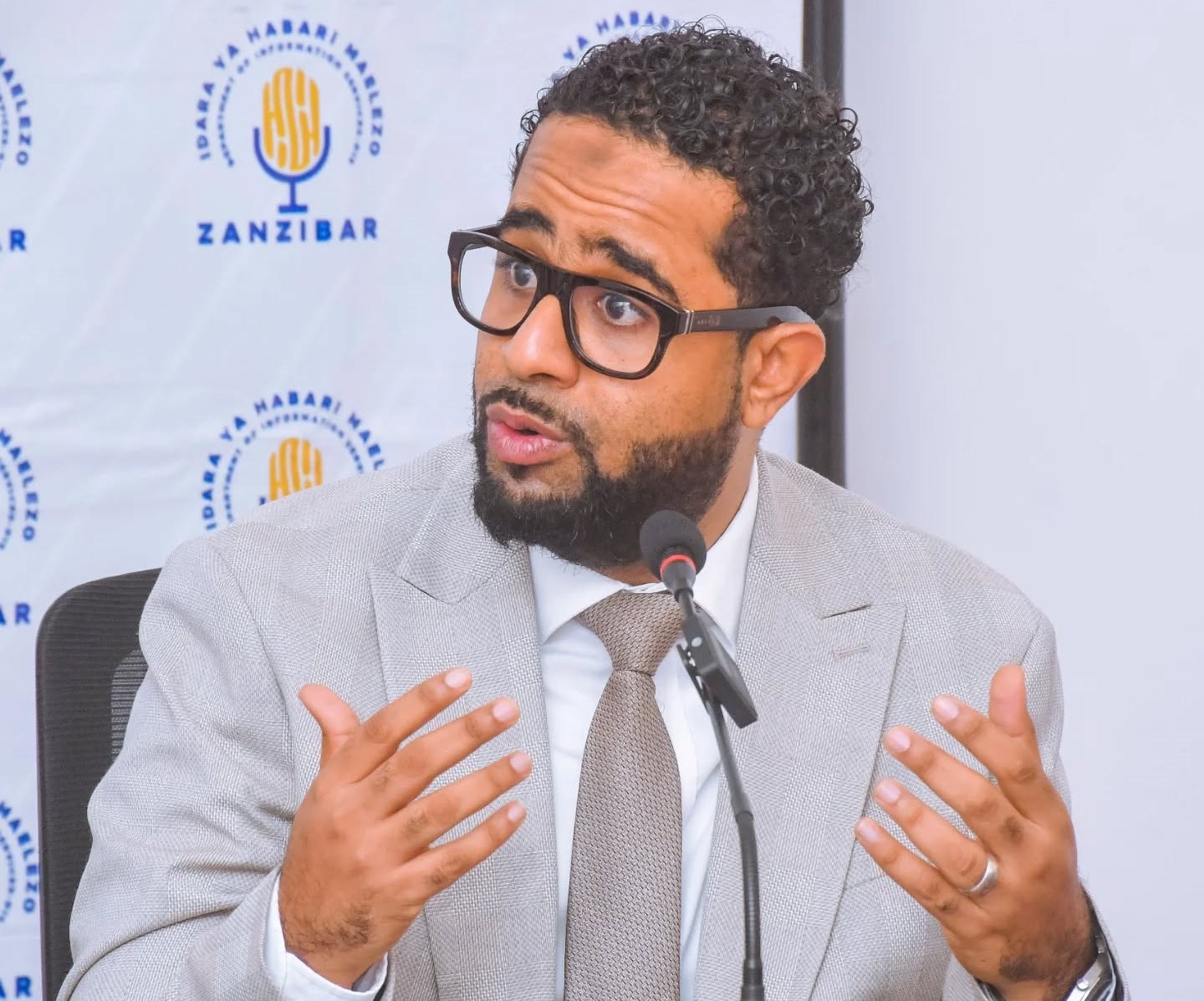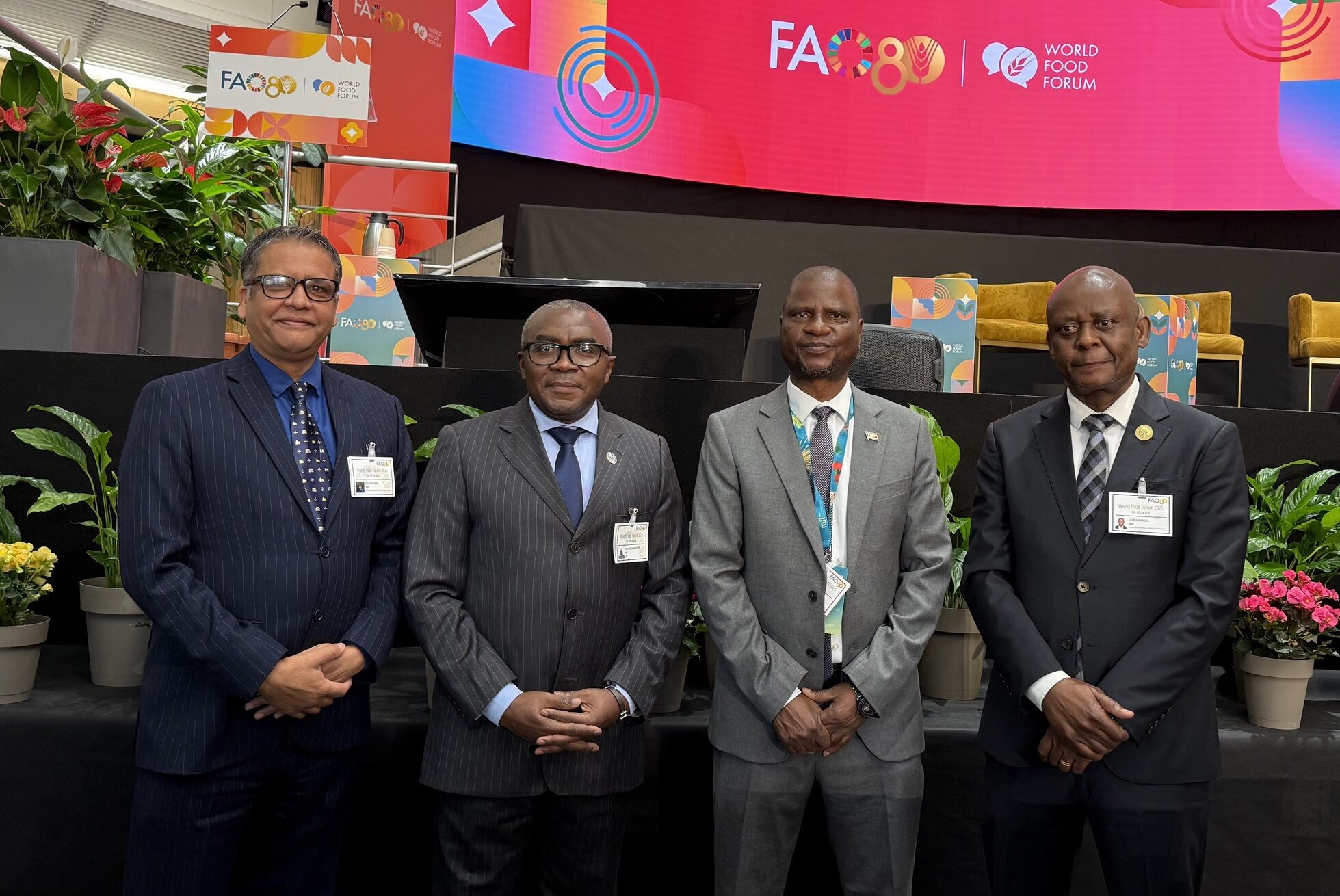Dodoma. The ministry of Minerals has presented its revenue and expenditure estimates for the 2025/26 financial year, seeking parliamentary approval of Sh224.98 billion to support its operations and those of its institutions.
Of this amount, Sh124.6 billion (55.38 percent) has been earmarked for development expenditure, while Sh100.38 billion (44.62 percent) is intended for recurrent spending.
The proposed allocations are expected to strengthen regulatory systems, increase value addition, and formalise small-scale mining activities as the government seeks to deepen the sector’s contribution to the economy and social development.
Hence the ministry also projects revenue collections of Sh1.4 trillion in the 2025/26 fiscal year, with the funds expected to be raised through strengthened and transparent collection systems.
Presenting the budget in Parliament on May 2, 2025, Minerals Minister Anthony Mavunde said the sector’s overarching goal is to maximise the contribution of mineral resources to economic growth, employment creation, and social development.
He said that the sector has already achieved a 10.1 percent contribution to GDP in 2024—a year ahead of the target outlined in the 2009 Mineral Policy and the current Five-Year Development Plan.
Strategic priorities
The minister outlined several focus areas for the new fiscal year: Developing key value chains in critical minerals, especially those central to the global technological revolution such as electronic minerals;
Stimulating local investment in value addition to ensure minerals are processed within the country before export;
Enhancing the organisation of gemstone auctions and exhibitions to boost transparency and fair pricing;
Investing in mineral research and mapping in collaboration with academic institutions and the private sector;
Formalising and equipping small-scale miners with knowledge, technology, and access to affordable financing.
Institutional strengthening
Mr Mavunde underscored the importance of building institutional capacity within agencies under the ministry, including the Mining Commission, the Geological Survey of Tanzania (GST), STAMICO, the Tanzania Gemological Centre (TGC), and TEITI.
Performance highlights (2024/25)
Between July 2024 and March 2025, the Mining Commission issued 8,501 mining licences, out of a target of 10,294. These included:
1 special mining licence (SML),
25 medium-scale mining licences (ML),
396 prospecting licences (PL),
6,227 primary mining licences (PML),
548 dealer licences (DL),
1,290 broker licences (BL),
1 refining licence (RFL), and
13 processing licences (PCL).
Some 118 prospecting licences and 41 medium-scale mining licences were issued notices due to violations including non-payment of annual fees and underdevelopment. Five prospecting and nine medium-scale licences were eventually revoked.
The government designated 65 new areas for small-scale mining across regions including Geita, Mara, Mbogwe, Kahama, Chunya, and Songwe.
Mineral analysis and revenues
A total of 972 copper concentrate samples were tested from mines such as Bulyanhulu, Katavi Mining, Jiuxing (TZ), and ZEM (T), while 4,011 private samples were analysed to guide mining decisions.
From these, the government collected Sh296.7 million in statutory fees.
Between July 2024 and March 2025, the Mining Commission collected Sh726.2 billion, including Sh612.6 billion in royalties and Sh113.6 billion in inspection fees. This was based on production worth Sh11.38 trillion.
Market oversight
Seven new mineral buying centres were established in Geita, Lindi, Mara, and Simiyu, bringing the total to 109 centres. Additionally, 142 bulk mineral trading zones were formally recognised.
Sales worth Sh2.82 trillion were recorded from July 2024 to March 2025, up from Sh1.93 trillion in the corresponding period of 2023/24.
This generated Sh182 billion in royalties and inspection fees.
The ministry issued 9,540 export permits for minerals valued at Sh9.25 trillion, and 116 import permits for minerals worth US$14.8 million.
Audits conducted between July 2024 and March 2025 covered 21 companies, including gold, diamond, and construction material miners.
These audits unearthed Sh1.25 billion in unpaid dues, of which Sh576.9 million has been recovered.
Large and medium-scale mines underwent environmental audits, revealing gaps such as missing mine closure plans and improper waste management. These deficiencies have since been rectified.
Small-scale mine inspections (14,847 sites) flagged safety and environmental concerns, which operators were directed to address.
Inspections covered 164 warehouses, 268 stores, and 207 safes for explosives. The ministry also issued 267 permits related to explosives, generating US$133,438 in fees.
New explosive storage facilities were approved in seven regions.

